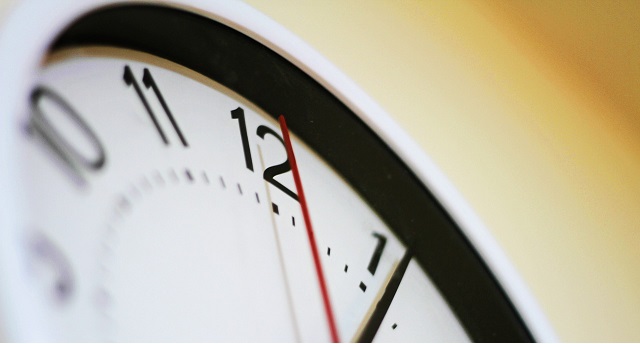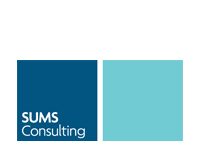As universities work their teaching space harder, good timetabling becomes more and more important. Andrea Buttle of SUMS Consulting explains the importance of measuring how effectively your timetabling is working.
Timetabling sits at the core of a university and in these current resource constrained times it is important to really understand what you can and cannot deliver within the constraints of the university teaching estate.
Timetabling has an impact on teaching space utilisation and on student satisfaction and both these measures can be benchmarked.
Benchmarking for development
Benchmarking of performance allows you to position your university in relation to others. Benchmarking of process helps you understand the performance – why your university is positioned where it is. By digging deeper into policy, process and systems, benchmarking can inform development plans.
To help our members drive out better performances, SUMS has been benchmarking timetabling for the past 15 years. It started with getting together with timetablers to define best practice characteristics. These meetings have continued and are now an annual event with meeting output informing the SUMS good practice guide to teaching space management.
The Academic Registrars Timetabling Practitioner Group also holds regular meetings taking the conversation out to the HE sector.
The focus of benchmarking timetabling has switched from the timetabling process as the key driver of improvement to the enablers: policy, people, and systems – things that need to change before the process. Change the enablers and process improvement follows.
Recently, there has been a desire to feed timetabling data into processes such as workload allocation modelling, lecture recording and student attendance monitoring. With this, the quality of timetable data takes on increased importance.
Estates management
Space management lends itself to quantitative benchmarks and a key benchmark is how often teaching rooms are in use. Estates Management Record (EMR) shows considerable variance in this metric, for example the LSE perform twice as well as some other universities. However, it is only by unpicking the reasons behind the numbers that you can determine what needs to change.
It is always useful to translate an improvement in space utilisation into monetary value as this helps build support for improvement – the cost per m2 per annum is available from EMR and it is relatively simple to make the translation. Alternatively, you can frame improved space utilisation as an avoided capital cost of building new space. SUMS work has helped Members drive out improvements of up to 5% in space utilisation which can equate to £50,000 – £100,000 per annum cost saving depending on the size of the estate.
As you work the teaching estate harder, the harder it becomes to take rooms out for refurbishment. This is compounded by the summer months no longer being the empty period they used to be. It becomes a virtuous circle, the harder you work the space, the better your processes will become because there is no slack to absorb last minute changes.
Timetabling and space management good practice continues to evolve, as does space planning and modelling. SUMS now also hold space management meetings to start to tease out good practice – watch out for your invitation.
Andrea Buttle is a principal consultant at SUMS Consulting, a membership organisation working to provide expert consultancy in all areas of university support and management. She and her colleague Claire Taylor would be happy to provide further information or to discuss any aspect of benchmarking timetabling and teaching space management.








